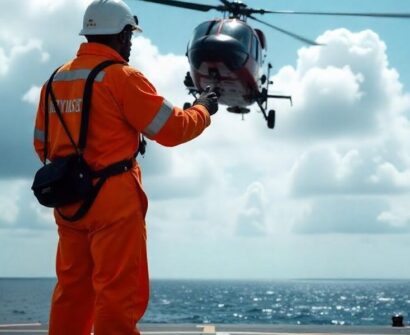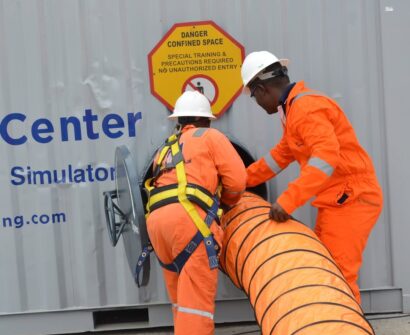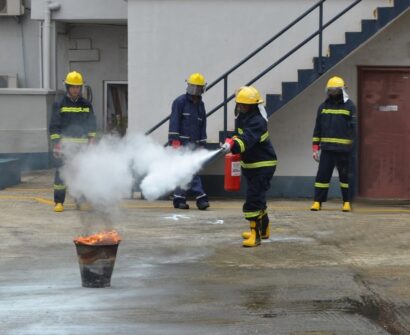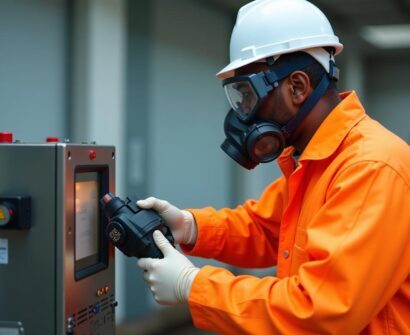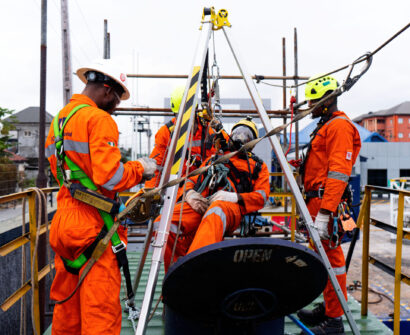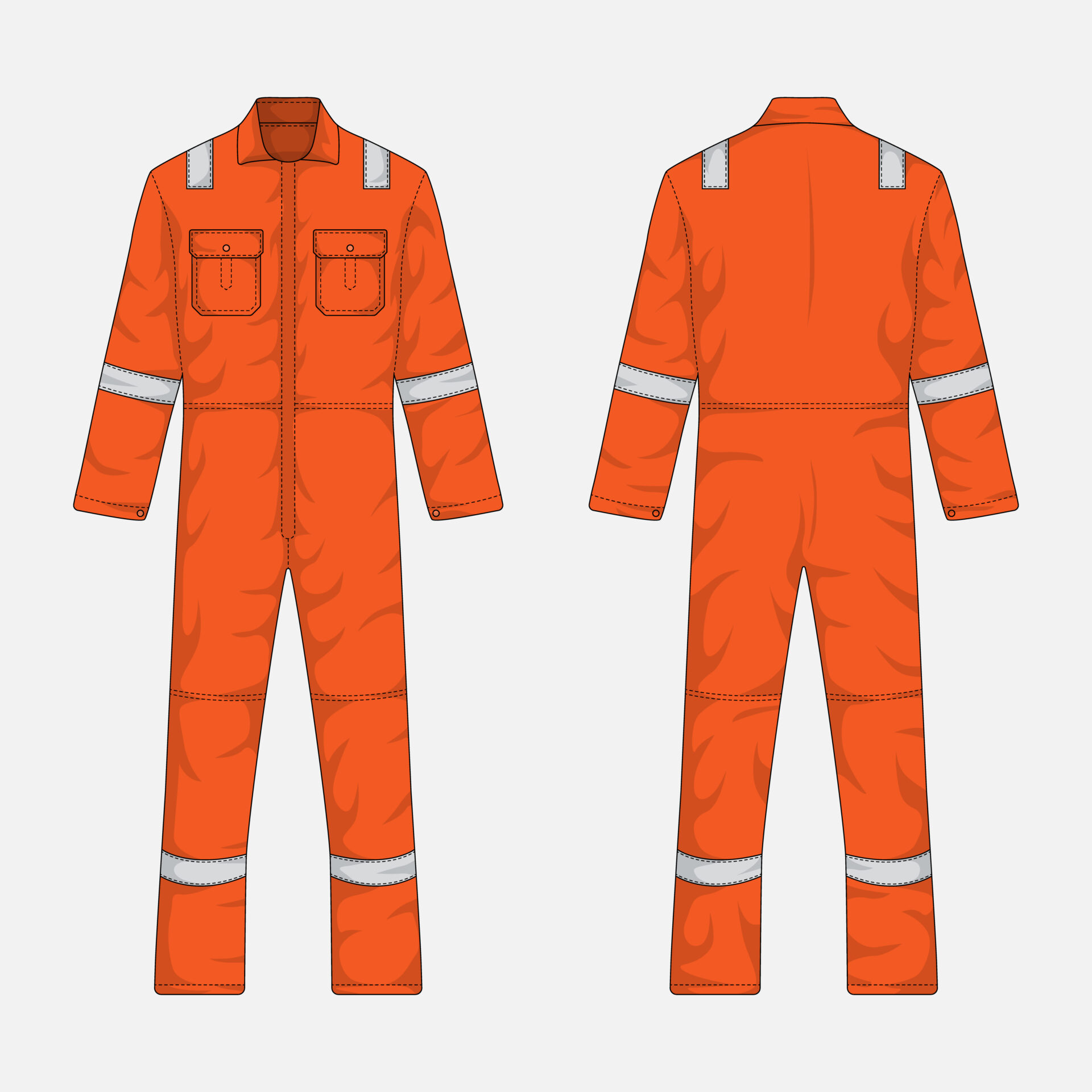
The smallest oversight could cost the biggest price.
In the oil and gas industry and many other high-risk sectors, Personal Protective Equipment (PPE) is a lifeline. It is the last layer of defense between workers and the hazards they face daily. But PPE is only effective when it’s used correctly. Unfortunately, many workplace injuries happen not because PPE wasn’t available, but because it wasn’t used the right way. Here are three common PPE mistakes that can put your life at risk and how to avoid them.
1. Skipping Pre-Use Inspections
It is easy to assume your gear is ready to go especially if it looked fine the last time you used it. PPE can become damaged, worn out, or defective over time, and damage isn’t always visible at first glance. For example:
- Gloves with tiny tears can expose your hands to hazardous substances.
- A cracked safety helmet may look fine but won’t absorb impact in an accident.
- Safety boots with worn-out soles may lose their grip on slippery surfaces.
Why It’s Risky:
Cracks in a helmet, frayed harness straps, or tiny tears in gloves may seem minor, but under stress, they can fail instantly.
Best Practice:
Make it a habit to inspect your PPE before every shift or task. Look for:
- Cracks, wear, and tear
- Loose stitching or fasteners
- Expired certifications (where applicable)
If in doubt, report and replace.
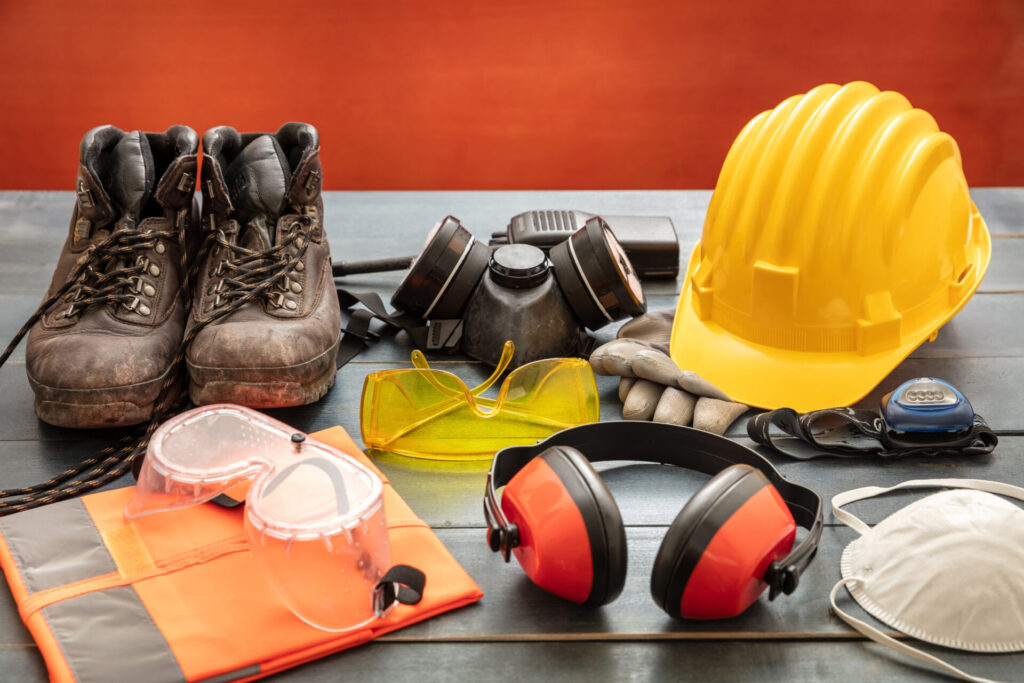
2. Wearing the Wrong Fit.
PPE isn’t a one-size-fits-all. Whether it’s a helmet, gloves, harness, or protective eyewear, fit directly impacts effectiveness.
- A loose harness can fail in the event of a fall.
- Oversized gloves reduce grip and precision.
- A too-tight helmet may not sit correctly on your head, reducing its effectiveness.
Improperly fitting PPE can also cause distractions, fatigue, or even additional risks during operations.
Why It’s Risky:
Ill-fitting gear compromises your ability to work safely and efficiently.
- PPE that’s too tight can restrict movement or circulation
- Loose PPE can get caught in machinery or offer insufficient coverage
Best Practice:
PPE should fit you comfortably and correctly. It must allow easy movement while offering full protection. Employers should provide various sizes, ensure proper fit testing where necessary, and match PPE to the worker’s role and environment. If your gear doesn’t feel right, speak up! Safety starts with a good fit.
3. Poor Maintenance and Storage
You’ve done the job, now you toss your PPE into a corner or leave it exposed in the back of a truck. Sound familiar? Unfortunately, this is a common mistake.
Why It’s Risky:
Exposure to sun, oil, chemicals, and moisture can degrade materials over time, making the equipment brittle, ineffective, or dangerous.
Best Practice:
- Clean PPE after each use according to manufacturer guidelines
- Store in a dry, clean, designated area
- Keep PPE away from direct sunlight, chemicals, and sharp objects
- Replace PPE that shows signs of wear or has reached the end of its service life
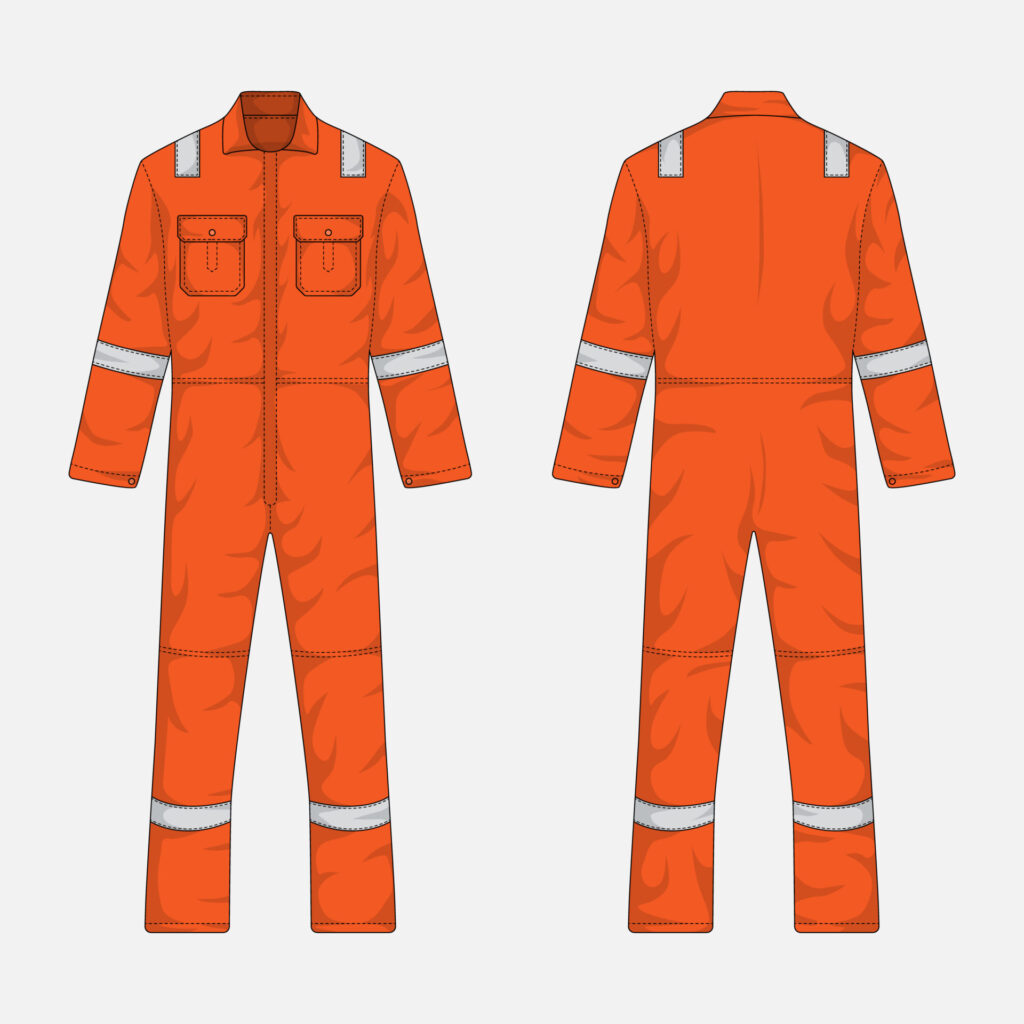
Respect Your Protective Gear, Respect Your Life.
Your PPE is your last line of defense in hazardous environments. But that protection only works if:
- You inspect it
- It fits you correctly
- You take care of it
Don’t let small mistakes lead to big consequences.
At JC International, we don’t just teach, we build a safety-first culture. Our comprehensive safety training programs equip trainees with the skills to identify and correct PPE mistakes before they become hazards.
Stay safe. Stay informed. And always treat your PPE as if your life depends on it,because it does.


